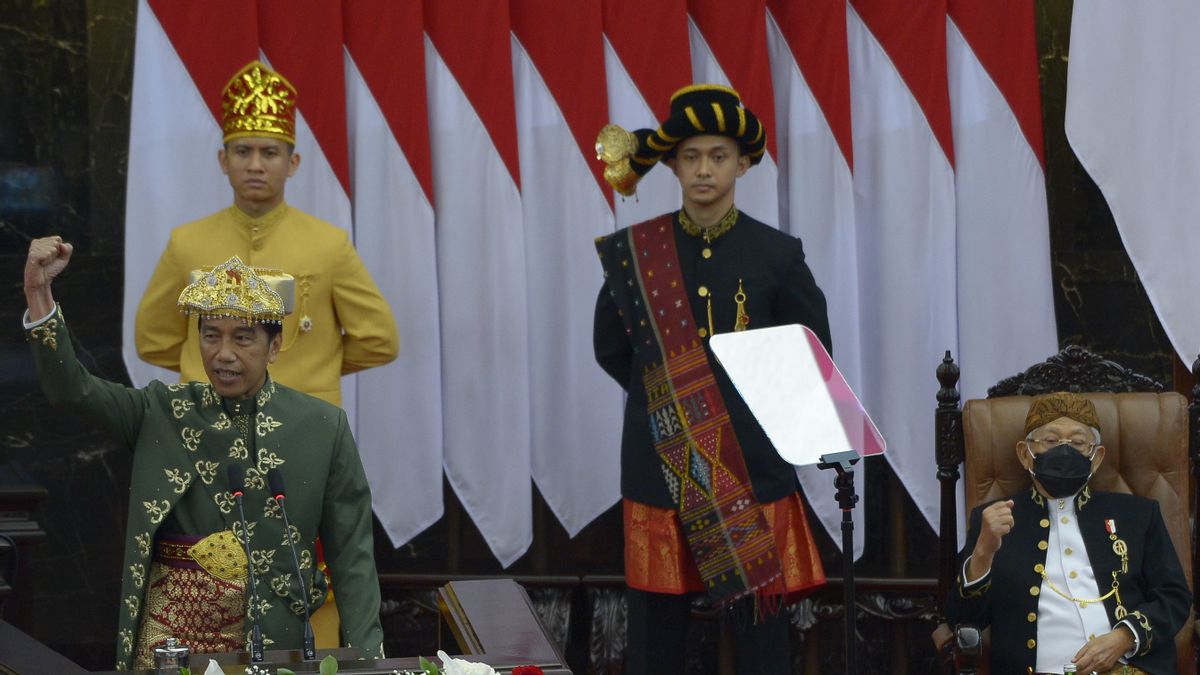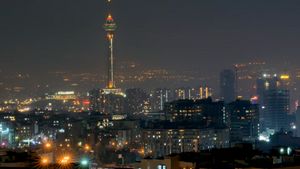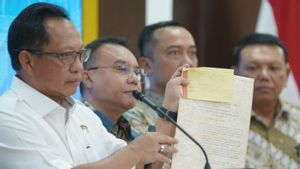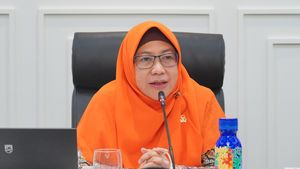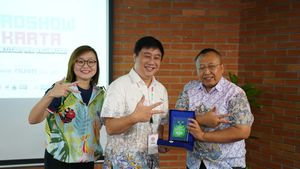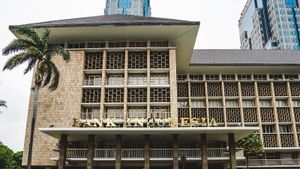JAKARTA - State leaders choose traditional clothes when attending the MPR annual session and joint session. Their move is believed to provide economic benefits and advance the local fashion sector.
National Chairperson of the Indonesian Fashion Chamber (IFC) Ali Charisma appreciated what the country's leaders were doing.
"All eyes are on today, they want to see, they want to hear what is said, there are also people who want to watch the (MPR Annual Session) because they want to see the clothes. It will have an impact on the economy," said Ali, quoted from Antara, Tuesday, August 16.
The use of regional clothing should not only be used to show cultural diversity. According to Ali, it would be nice if this could also inspire people to participate in wearing traditional clothing, especially in everyday life.
Regardless of the efforts made by state officials, Ali suggested that in the future professional parties such as fashion designers or fashion directors be involved in order to create new trends that come from leaders.
Ali gave an example, to create a new style, Puan Maharani could combine a classic kebaya with an elegant pair of pants. In addition, the Javanese beskap can be slightly modified with a more modern appearance so that young people can imitate it.
"So I think it needs to be considered because many people will see it. I think it should involve professionals in the future, because the movements of our leaders are important," said Ali.
This year, Indonesian Vice President Ma'ruf Amin wore the typical Surakarta Palace or Solo traditional clothes, while Wury Ma'ruf Amin wore a green kebaya.
The vice president chose the top outfit in the form of a black Sikepan suit combined with white interior with a watch chain decoration on the chest accompanying the presidential emblem, and wore a flat Blangkon Trepes on the back. As for his subordinates, the Vice President wears a brown batik jarik cloth with a Sidomukti motif and gold-colored slippers.
Meanwhile, Wury Ma'ruf Amin was seen wearing a green kartini kebaya combined with a matching headscarf, which was paired with batik cloth and a dark scarf.
The chairman of the Indonesian House of Representatives, Puan Maharani, also looked different by wearing a classic terracotta-colored kutubaru kebaya combined with a written batik cloth with the Semen Rama motif.
The Semen Rama motif itself has the meaning of a hope and a prayer for a prosperous life. This batik cloth is considered a prayer for a better Indonesia.
Meanwhile, the Indonesian Minister of Foreign Affairs, Retno Marsudi, chose the traditional clothes of Toba, North Sumatra. Retno wore a black top which was equipped with hotang yeast ulos as a scarf and an orange sarong.
Completing the outfit, she wore a sortali headband made of gilded copper.
The clothes worn by the leaders of this country are quite attention-grabbing because not everyone present wants to wear traditional clothes.
The English, Chinese, Japanese, Arabic, and French versions are automatically generated by the AI. So there may still be inaccuracies in translating, please always see Indonesian as our main language. (system supported by DigitalSiber.id)
